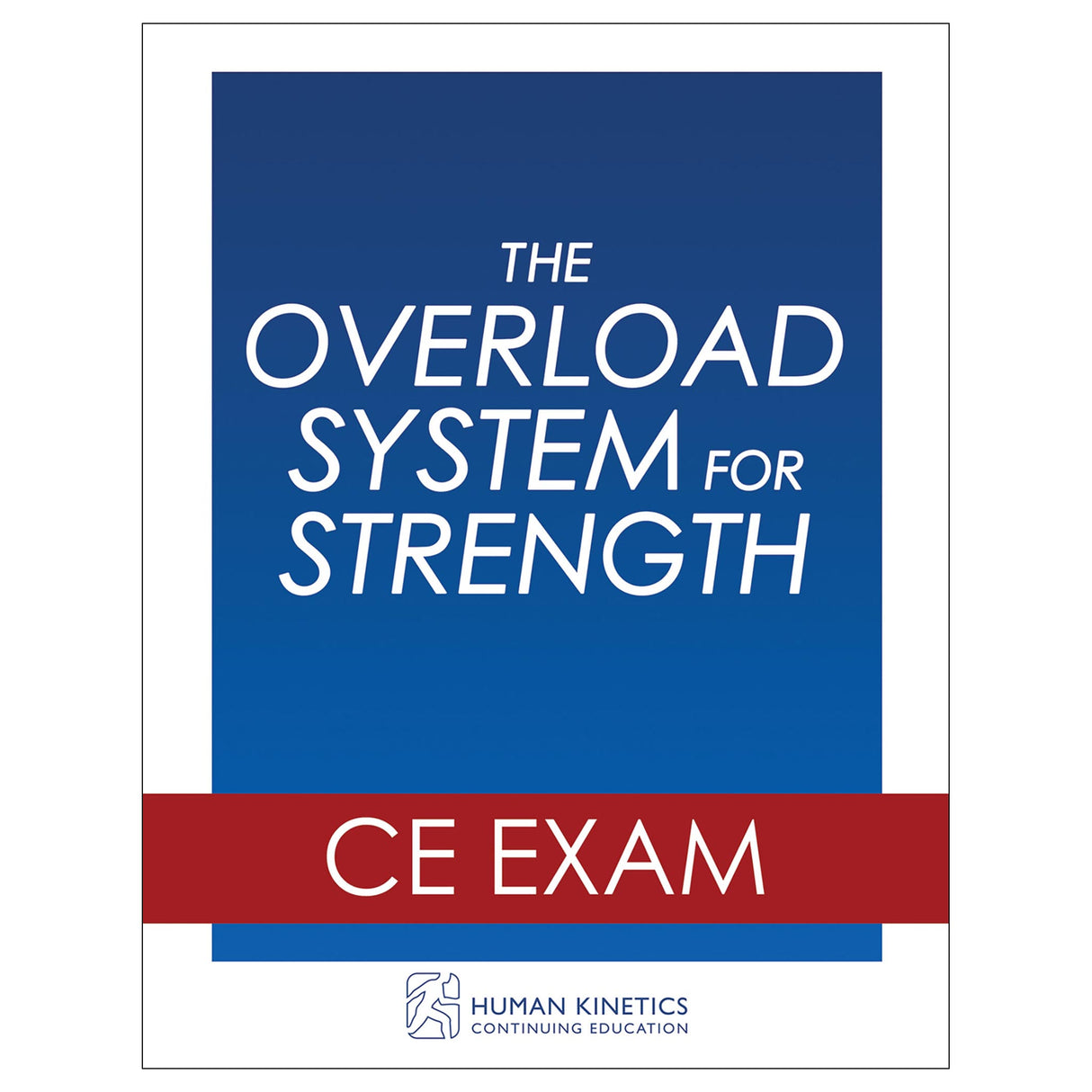Overload System for Strength Online CE Exam Without Book, The
Author: Human Kinetics
$77.00 USD
Human Kinetics strongly recommends that you complete your exam within the calendar year of your date of purchase to ensure approved credits do not expire for your organization.
Consisting of 75 multiple-choice and true-false questions, this continuing education exam is designed to be taken after reading The Overload System for Strength. The exam will test your knowledge of the information presented in the book so you can use time-tested overload methods with your clients to help them achieve large strength gains in the shortest time possible.
Once you pass the exam, you can print a certificate for continuing education credits.
Learning Objectives
- Explain the diverse training methods of the overload system.
- Differentiate the exercise categories used in the overload system.
- Explain the factors that increase strength and muscle mass.
- Express how the overload system methods work and how they are implemented within a training program.
- Explain the setup for the deadlift, squat, military press, bench press, Pendlay row, and explosive pulls.
- Describe the execution of phases I and II of the deadlift.
- Describe the eccentric and concentric portions of the squat, military press, bench press, Pendlay row, and explosive pulls.
- Understand which exercises are categorized as assistance exercises and know how they support the foundational lifts.
- Plan effective program design using overload system methods.
- Create proficient workouts and training programs that use overload system methods.
- Devise appropriate specialization training programs for advanced lifters.





